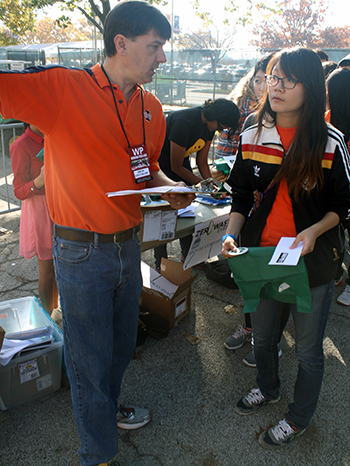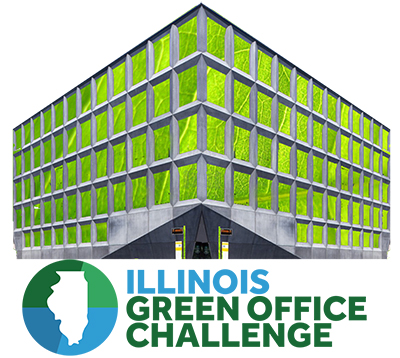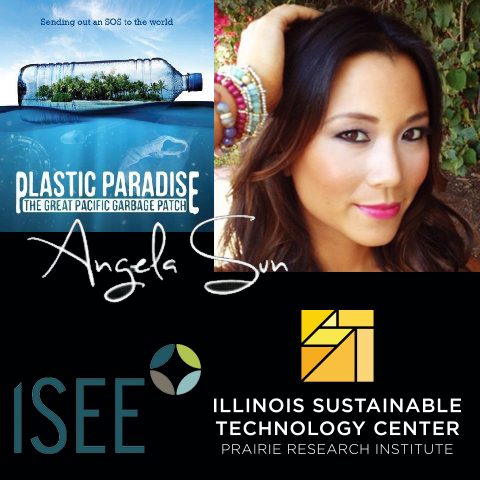 If your organization has done a lot in the name of sustainability – from projects that save money and resources to initiatives that strengthen the people and communities you work for – what are you waiting for? The Governor’s Sustainability Award provides a great opportunity for you to pull all of your sustainability work together into a single document: Your award application!
If your organization has done a lot in the name of sustainability – from projects that save money and resources to initiatives that strengthen the people and communities you work for – what are you waiting for? The Governor’s Sustainability Award provides a great opportunity for you to pull all of your sustainability work together into a single document: Your award application!
Because sustainability encompasses the triple bottom line – People, Planet, Profit – it can be tough to wrap one’s brain around all that should be included in your application. Our How To Apply page and FAQ’s will help you in that process, but we know that’s a lot to read! Here are three tips to help you cut to the chase, and get started on your application (due May 22).
1. Start driving. Get key people on board.
Governor’s Award Applications are typically a team effort, but there is often a single person or small team that drives the process forward. The application drivers can be anyone – from top management to employees who volunteer time on a Green Team. If you’re reading this, you may be the driver!
Send a note out to co-workers letting them know you’re preparing a Gov.’s Award application. Here are some key people to get on board early (positions vary by organization):
- Top Management
- Facilities/Operations Manager
- Plant Manager
- Sustainability Officer/Green Team Lead
- PR Officer
2. Read these two things.
Narrative Guidelines –You have up to six single-spaced pages to describe your sustainability accomplishments. These guidelines tell you how.
Metrics Form Instructions – Download the Metrics Form (Microsoft Excel format) and read the Instructions tab.
3. Check out the sample applications.
The sample applications, available HERE, display best practices from past winners’ applications. Note that a good application typically includes a variety of projects touching on multiple impacts or aspects of sustainability. The project descriptions will also include some detail on how they were conceived and who was involved. We want to hear how your organization went from idea to implementation.
BONUS TIP: Consider normalizing your data.
Normalized data is reported on a relevant per-unit basis. One of our 2013 award winners, Champaign-Urbana Mass Transit District, tracked their water use in this way before and after implementing water conservation measures in their wash bay. Instead of simply reporting total gallons of water consumed, they reported gallons per vehicle-hour, providing us with a water-use measure that can be compared across years, regardless of how many trips the buses make. This type of measurement, a normalized metric, is extremely helpful for evaluating your progress – the true impact of a sustainability project.
Check out the Illinois Manufacturer Inc. sample application for more normalization examples and talk to your team about what per-unit measures you might use in your application.
If you still have questions about the process, contact John Mulrow for more information via e-mail at jmulrow@illinois.edu or call him at 630.586.9168.







